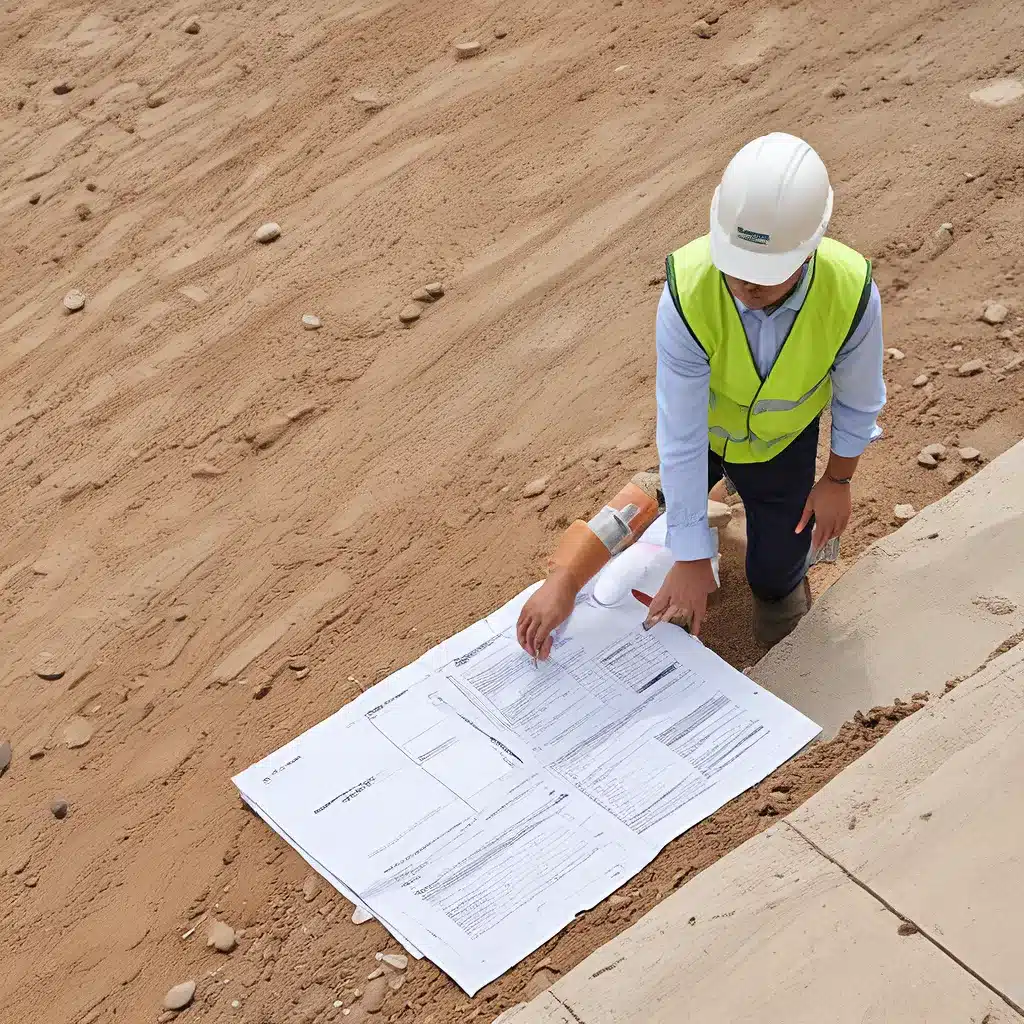When it comes to bathroom renovations, there are a lot of decisions to be made. One of the most significant choices is what type of bathtub to install. Among the options available, a freestanding tub is one that has gained popularity in recent years due to its stylish appearance. However, like any other option, there are both pros and cons to choosing a freestanding tub for your bathroom renovation. In this article, we will look at the benefits and drawbacks of selecting a freestanding tub, and help you decide if it is the right choice for your bathroom.

The Pros of Choosing a Freestanding Tub
1. Aesthetically Pleasing Design
One of the biggest advantages of a freestanding tub is its design. Unlike built-in tubs that are attached to the wall, freestanding tubs are not limited by any boundaries, giving them a more modern and elegant look. They come in various shapes and sizes and are perfect for creating a statement piece in your bathroom.
2. Versatile Placement
Another benefit of freestanding tubs is their versatility. They do not need to be installed against a wall, so they can be placed anywhere in the bathroom as long as there is enough space. This allows for more creative and flexible bathroom designs.
3. Comfortable and Relaxing
Freestanding tubs are designed for comfort and relaxation. They are usually deeper than built-in tubs, allowing for full body submersion and a more luxurious bathing experience. Additionally, they are often made of materials that retain heat, such as cast iron, acrylic, or stone, which keeps the water warm for longer.
4. Easy to Clean
Freestanding tubs are easier to clean than built-in tubs because they are not attached to the wall. With a built-in tub, it is challenging to clean the area between the tub and the wall, which can lead to mold and mildew growth. A freestanding tub, on the other hand, is easy to clean from all angles, reducing the risk of mold and mildew.
The Cons of Choosing a Freestanding Tub
1. Expensive
One of the biggest drawbacks of a freestanding tub is its cost. They are generally more expensive than built-in tubs due to their design and materials. Additionally, the installation cost for a freestanding tub can be higher because it requires additional plumbing work.
2. Requires More Space
Freestanding tubs require more space than built-in tubs. They need to be placed in an area that allows for easy access and enough room to walk around them. This can be a problem in smaller bathrooms where space is limited.
3. Difficult to Install
Freestanding tubs are not easy to install, and it requires a professional to do the job. The installation process involves additional plumbing work, such as installing a floor-mounted faucet and drain, which can be challenging and time-consuming.
4. Hard to Maintain
Freestanding tubs are made of materials that require special care and maintenance to ensure their longevity. For example, if you choose a stone tub, it needs to be sealed regularly to prevent staining and erosion. If you choose a copper tub, it needs to be polished regularly to maintain its shine.
Conclusion
In conclusion, choosing a freestanding tub for your bathroom renovation comes with both advantages and disadvantages. On the one hand, they offer a stylish and luxurious design, versatile placement, comfortable and relaxing bathing experience, and easy cleaning. On the other hand, they can be expensive, require more space, are difficult to install, and need special care and maintenance. Ultimately, the decision to choose a freestanding tub depends on your personal preferences, bathroom size, and budget. We hope this article has helped you make an informed decision.
Related posts:
No related posts.




